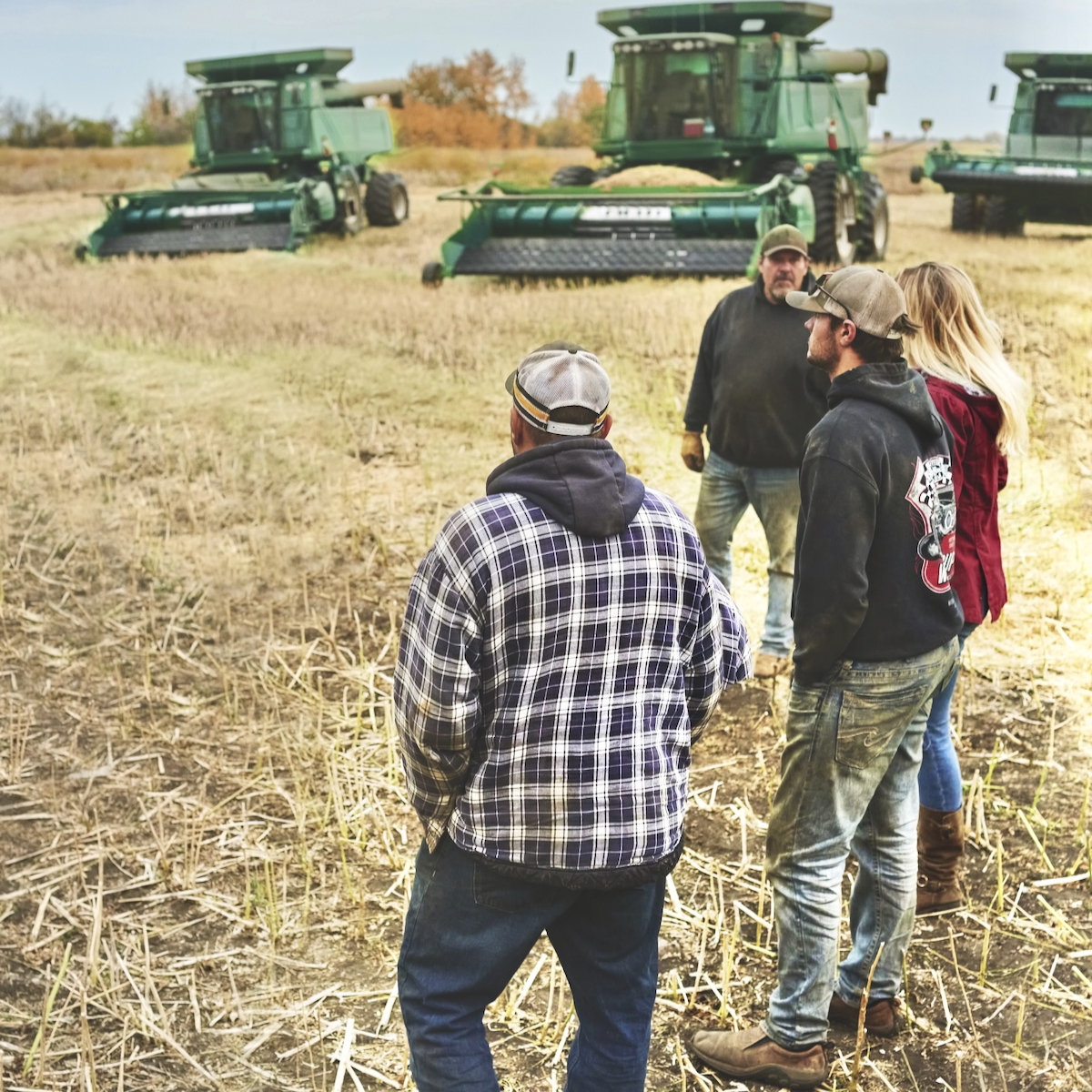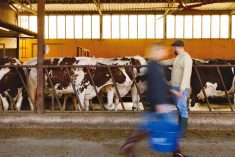Given the seasonal nature of farming, summer students fill an important labour gap on many farms, especially those that operate in direct-to-consumer markets. With the continuing tight labour market, managing the hiring and training of seasonal employees (often students) well is critical to success.
Unfortunately, too often the busy-ness of day-to-day farming during peak times means that training seasonal staff gets low priority. This can lead to poor employee retention and an increase in costly mistakes and injuries. It can also have a negative impact on a farm’s reputation, making it more difficult to attract student employees in the future.
On the other hand, when students have a positive work experience, they are more likely to return the following year and to encourage their friends to apply for positions, resulting in reduced recruitment and training efforts and expenditures.
Read Also

Producers aren’t panicking over tariffs and trade threats
The influence of tariff and trade uncertainity on farm business decisions.
At Herrle’s Country Farm Market near Waterloo, Ont., about 80 per cent of the 30 high school and university students hired to work in the farm store return each year. And almost two-thirds have worked in the farm store for two years or more.
This is a good indication that seasonal staff have had a positive work experience, says Michelle Herrle, who oversees human resources and communications for the family farm. The high rate of returning employees pays off with less time and effort required to hire and train new staff each year, she says.
While being seasonal has its challenges, Herrle says they are fortunate that their senior staff members who work full-time hours on a seasonal basis come back year after year. “They have winter jobs they go to then come back to us.”
The farm market, which sells their own farm-grown produce as well as fresh produce from other local farms from June to October, has evolved during its 36-year history and the onboarding process for seasonal hires has evolved too, says Herrle.
Herrle says they are very intentional about employee training. Seasonal staff receive about 15 hours (three shifts) of intensive training with a dedicated trainer. “The trainer guides and coaches them. Anyone who is being trained can expect feedback.”
The staff is expected to work increasingly independently within that time frame, continues Herrle, noting that there is a checklist of everything they are expected to know.
In fact, written training materials are an important part of their onboarding process. “Whether they are working at the cash register or have responsibilities in the bakery or the produce departments, staff receive procedural sheets and the departmental manual,” explains Herrle.
Although the basis for training materials has been in place for many years, Herrle says they tweak them each year. “We have a pretty strong foundation of what we use to onboard people but there’s always room to grow and learn.”
Herrle says the training program needs to adapt to changing times. For example, in recent years she has noticed that as society has moved increasingly to paying with debit and credit cards, summer students are less adept at making change with coins and bills when customers pay with cash, so this has been added to the training.
They have also modified information provided to potential employees during the interview process. For example, potential employees need to understand that in the busy market environment, they will be on their feet a lot and will only have access to their phones during breaks.
“We’ve learned it’s important to articulate that,” Herrle says. “We need to see if they are a good fit for us, but they also need to see if we are a good fit for them.”
Herrle places a lot of value on building open communication with employees. Managers are expected to take a leadership role in providing feedback to staff “to try to see and call out the good things” but also to give feedback that will help them learn, she says. “We want to listen to and work with the staff. We want to foster two-way communication.”
Staff surveys are another useful communications tool. In February, invitations are sent via email to last year’s seasonal staff to find out if they want to return for the new season. Herrle says they use this opportunity to gather feedback on the previous season which is also used as input for the coming season.
Former employees are asked what they wish they had known when they started last year, where they see themselves making a strong contribution in the coming year, and where they would like to see changes. Employees who are not returning are asked to give feedback through an anonymous survey.
Tips for successfully onboarding seasonal staff
Viktoria Schuler, human resources project manager with the Canadian Agricultural Human Resource Council, a national non-profit organization focused on addressing human resource issues facing agricultural businesses, recommends farmers and HR managers put themselves in their new employees’ shoes.
“Imagine what it feels like to be the new employee who is left without direction or who is trained by someone who isn’t prepared or doesn’t want the task,” she says.
If you do, you’ll see why that new employee isn’t going to have a good experience and may quit, Schuler says. It may even lead to them choosing a career outside of agriculture — an undesirable outcome given the labour shortage in agriculture which is expected to continue.
Schuler has several suggestions to enhance the onboarding experience for seasonal employees:
- If you know you are going to be very busy when seasonal employees start, send training materials, such as safety protocols, to them ahead of time.
- Pairing a student with a more experienced person can be an effective means of hands-on training but it’s important to choose the right mentor. “It needs to be someone who has the patience to answer questions,” Schuler says.
- Foster a welcoming and inclusive culture. When hiring international students or those from a non-agricultural background, expect to have questions that may seem obvious to you. “Everyone comes with a different background,” says Schuler.
- Setting clear expectations and communicating those to new employees will help ensure that they are aware of what’s required.
- To ensure that nothing is missed, use a checklist of all the topics to be covered. Similarly, be sure to provide the employee handbook or other written policies to new employees.
- Check in with new employees on a weekly or bi-weekly basis to answer questions. Use the checklist to ensure all areas are covered.
The Canadian Agricultural Human Resources Council provides onboarding information and other employment resources to help with hiring staff. This is available as part of the AGRI HR Toolkit at cahrc-ccrha.ca/
















